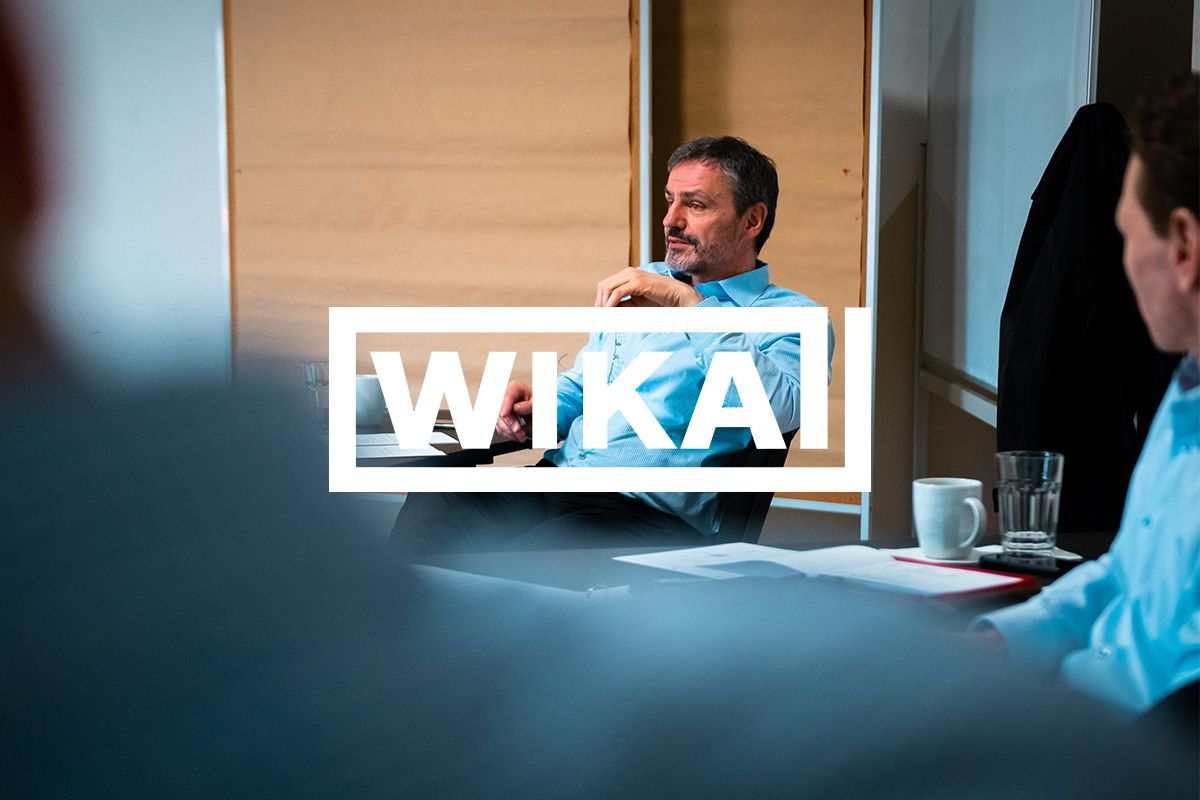Case-Study
Grow your leaders.
Grow your business.
Founded in 2002 and employing over 500 people worldwide, Kornit Digital develops, manufactures and markets industrial digital printing technologies for the garment, apparel, and textile industries.
Having hit hypergrowth, the time had come to pivot their strategic direction. Subsequently Kornit’s Regions needed to become the business drivers, with HQ transitioning to the role of enabler.
Their goal: To stabilize the newly configured EMEA Leadership Team and transform their leadership capabilities to achieve their challenging business growth objectives.
Overview
Each leader has their own style. When a new leader with a new style, comes onboard, the whole team can be left playing a guessing game when expectations aren’t made clear on both sides from the outset.
This is exactly the situation the EMEA leadership team found themselves in when they contacted us. The 64 billion-dollar question was, how can we work with them to create an autonomous strategic leadership team to meet the growth plans?
The first challenge to address was the overall ‘busyness’ of the team and getting them to focus on priorities and impact rather than the ‘daily tornado’. Using the approach of strategic navigation we created the space for each individual to understand and assume their role as leaders in planning first, and then moving to execution.
To strengthen their ability to sustain this new approach we supported key individuals with Executive Coaching.
By doing so the foundation has been laid for each individual to improve leading themselves, which directly impacts their ability to lead others.
We need to ensure that we are perceived as the leaders we want to be.
— Chris Govier, President Kornit Digital Europe GmbH

Approach
Creating a platform for the senior leader:
Self-leadership is the basis for all leadership:
Getting expectations clear:
Transformation requires everyone to be engaged and committed:
Result
The team has moved from being ‘busy’ to being focused. Their improved ability to plan means they are now delivering what is expected with considerably less resources. Through this structured approach they can monitor progress and course correct when necessary.
Having grown together as a team, they have achieved a level of strategic autonomy for their respective areas. They have realized that they are responsible for and empowered to drive the changes in the organization.
This has helped them to become a great team. The process has also helped them to recognize that there is more untapped potential within the organization.
The next step is now in the planning phase: To build the capabilities of the next level leaders and identify and develop their future leaders.

Conclusion
When a leadership team is put in place without fully understanding their role as leaders, they risk to burn time in meetings reporting facts and figures.
It is only at the point where they recognize their true role that individual team members move to a position of being able to make good independent operational decisions linked to the strategy.
Their leadership team meetings become more focused on strategic, cultural or visionary aspects and their focus shifts as they develop an understanding of the value and the need for leadership development further in the organization.
When teams achieve this level of leadership, they are in a much better position to release the necessary leadership resources to lead the strategic development of the organization.
Not only this, they create the basis to develop an agile organization, where decisions can be made at the lowest possible level, where capabilities and potential are identified and fostered, and where a culture of excellence can flourish and thrive.

Written by:
Ferdinand Lucke,
Transformation Guide
“I have a preference for profound, courageous and methodical change processes. My passion is the transformation of dysfunctional teams into great teams that are successful and fulfilled.
So give me a call and let’s explore how we can innovate your business.”
You can reach me on +351 960 471902 or at f.lucke@2leadership.eu





